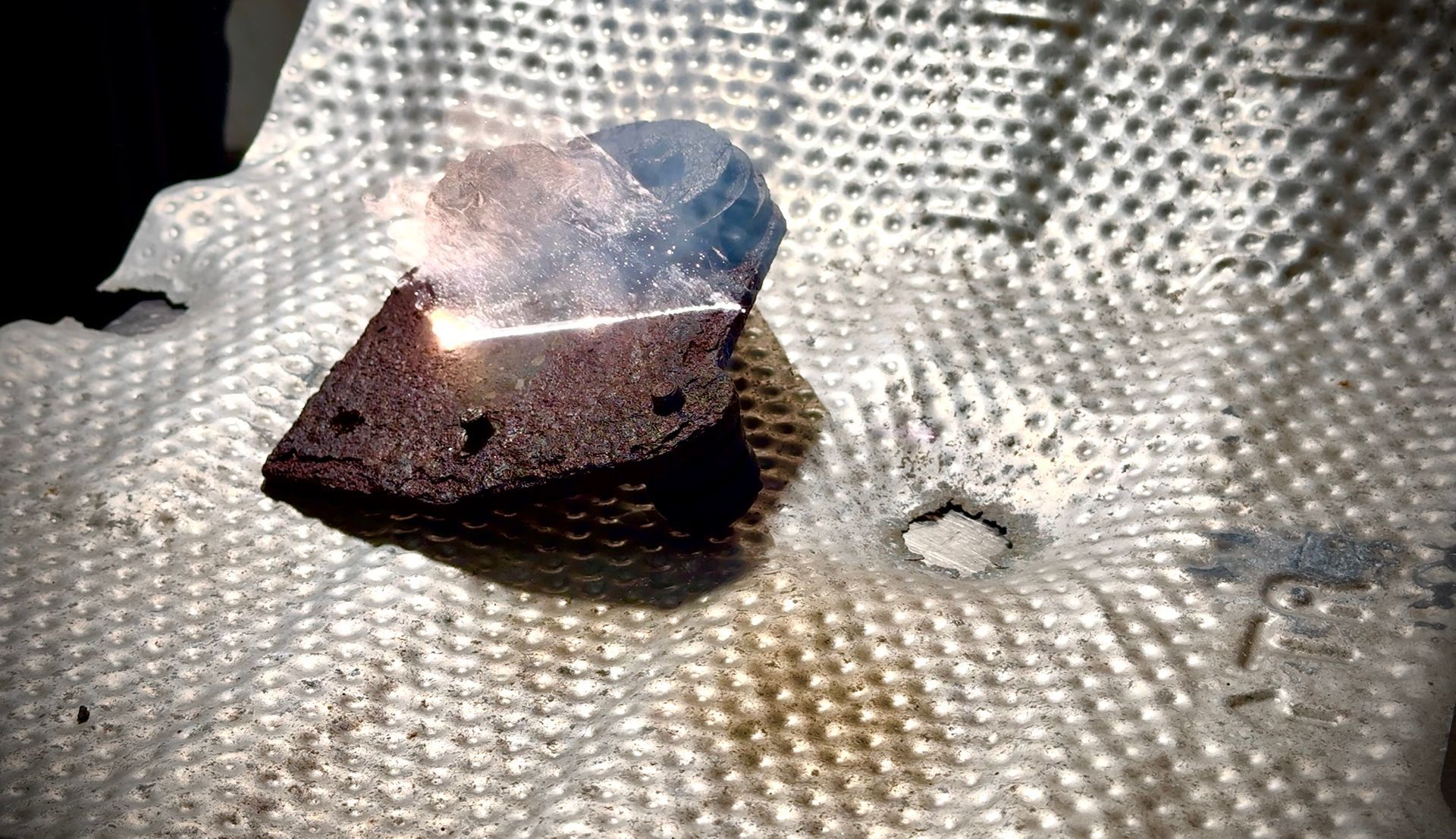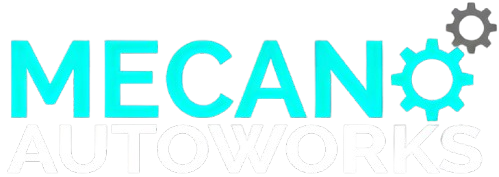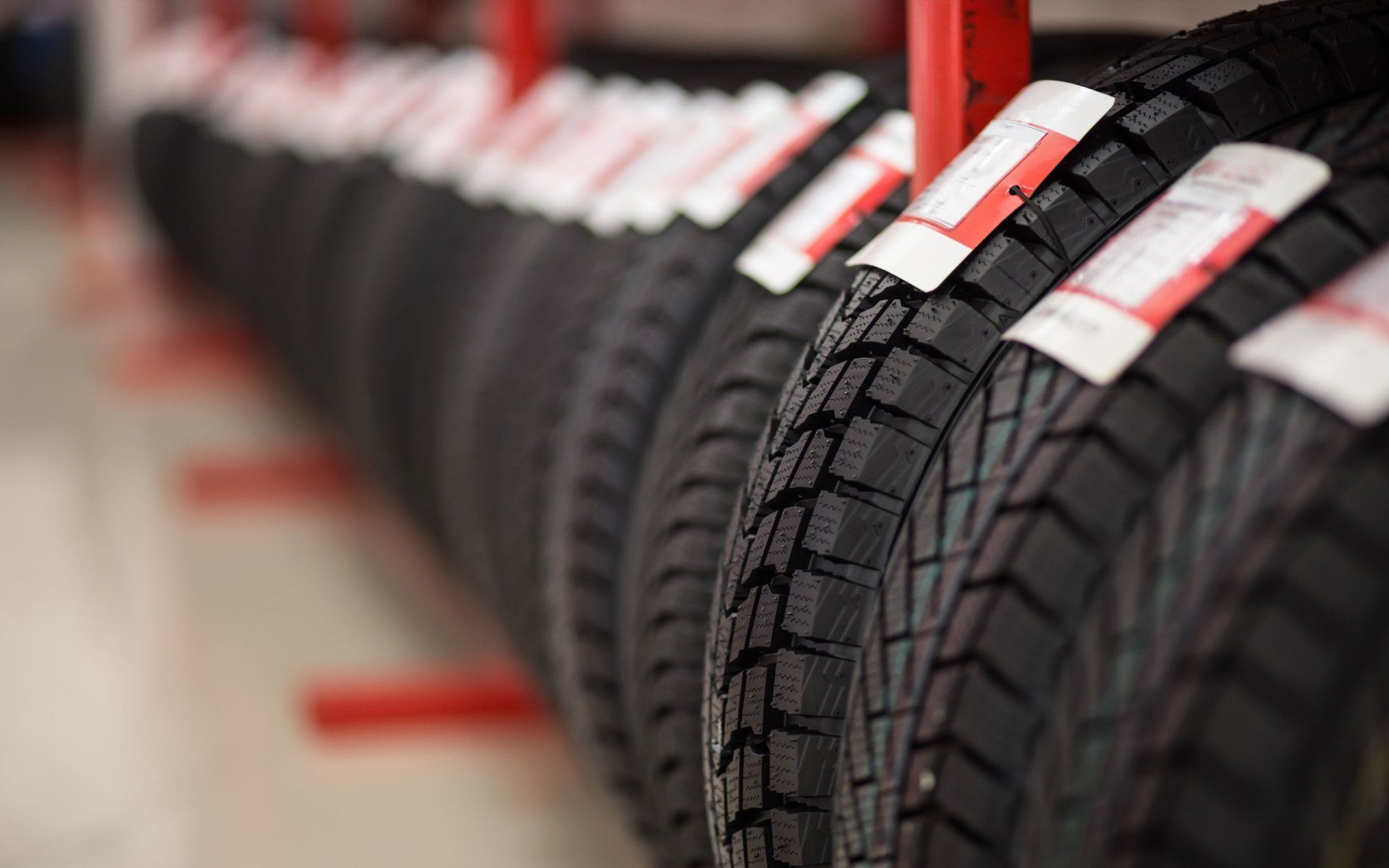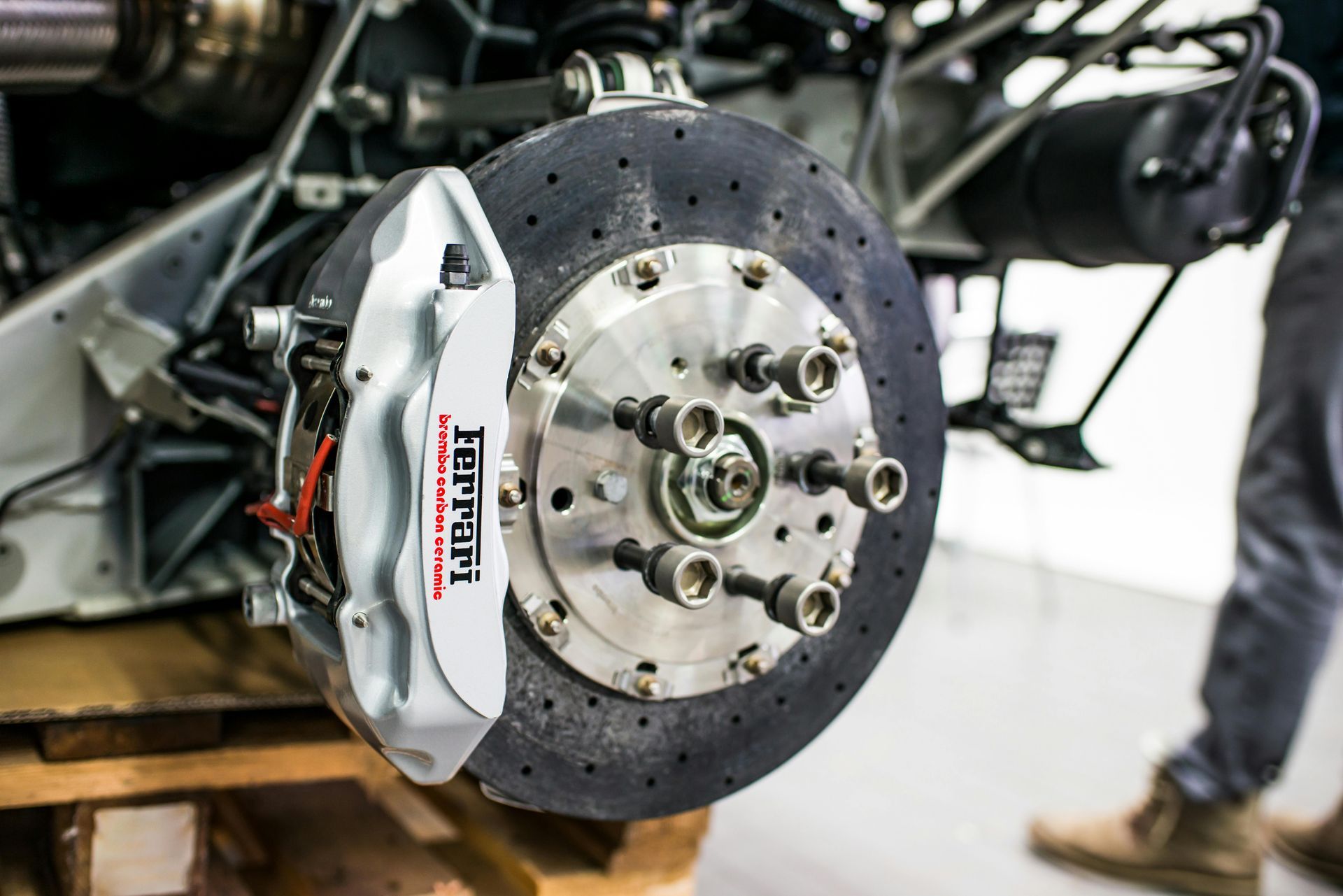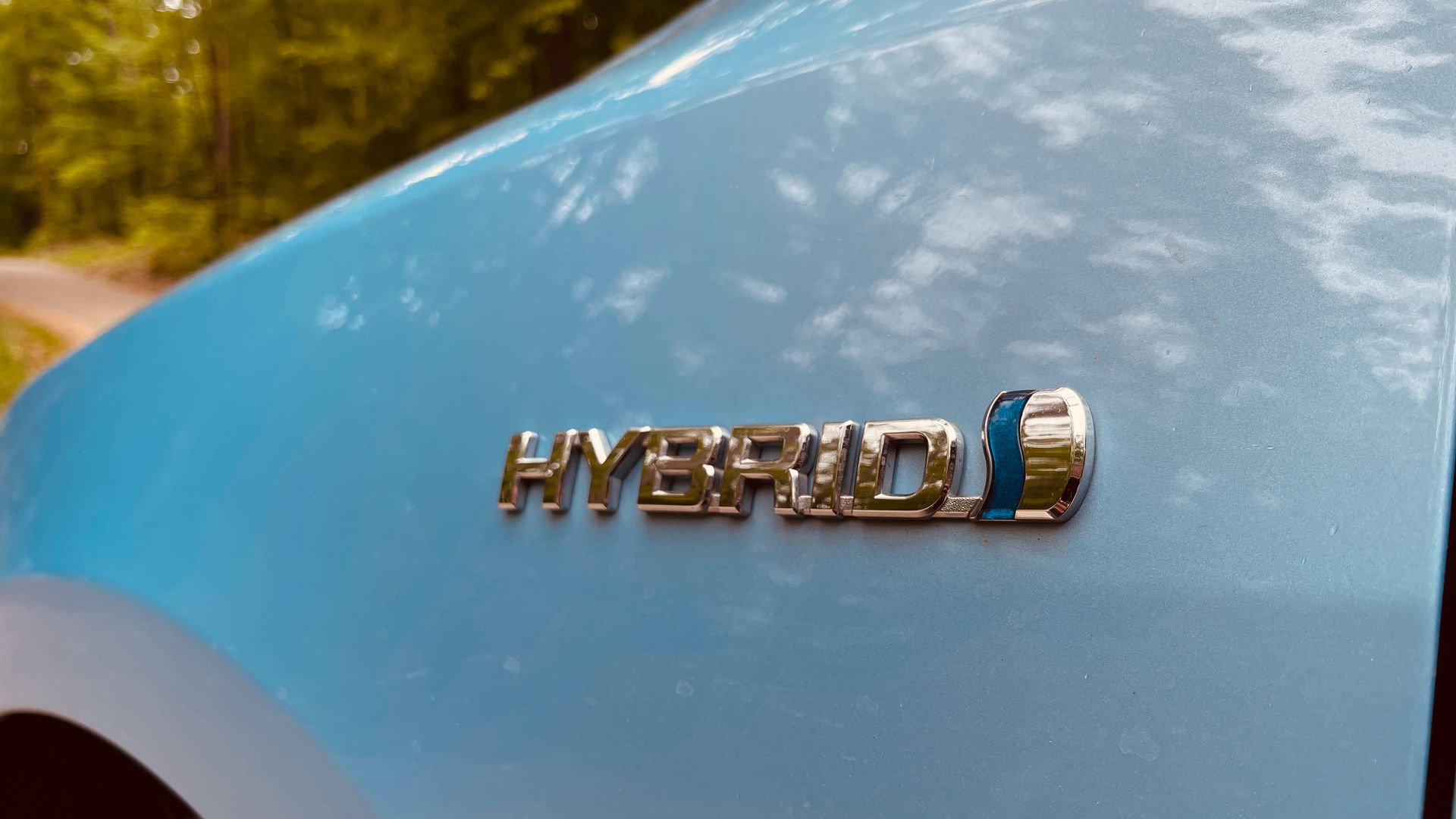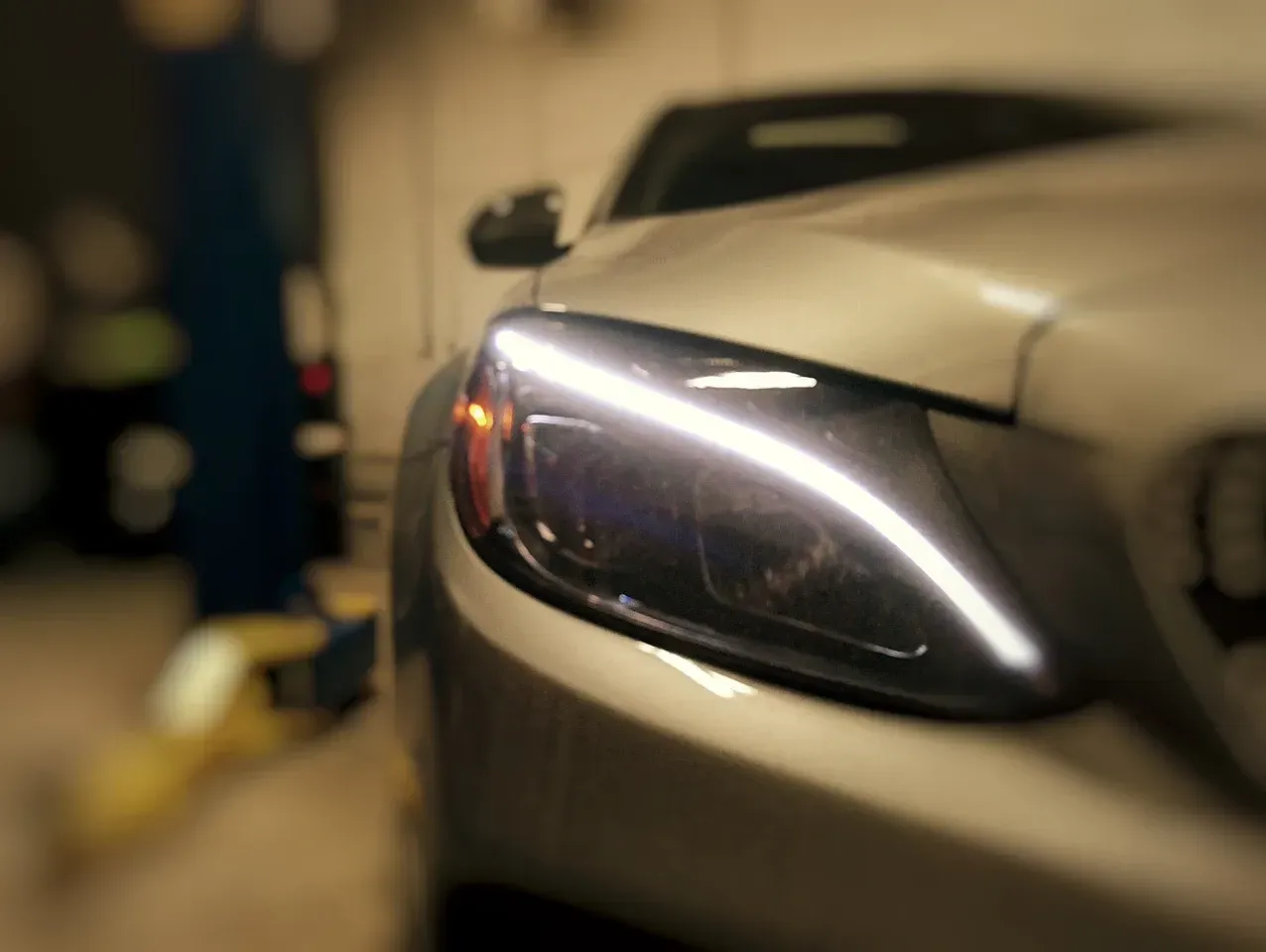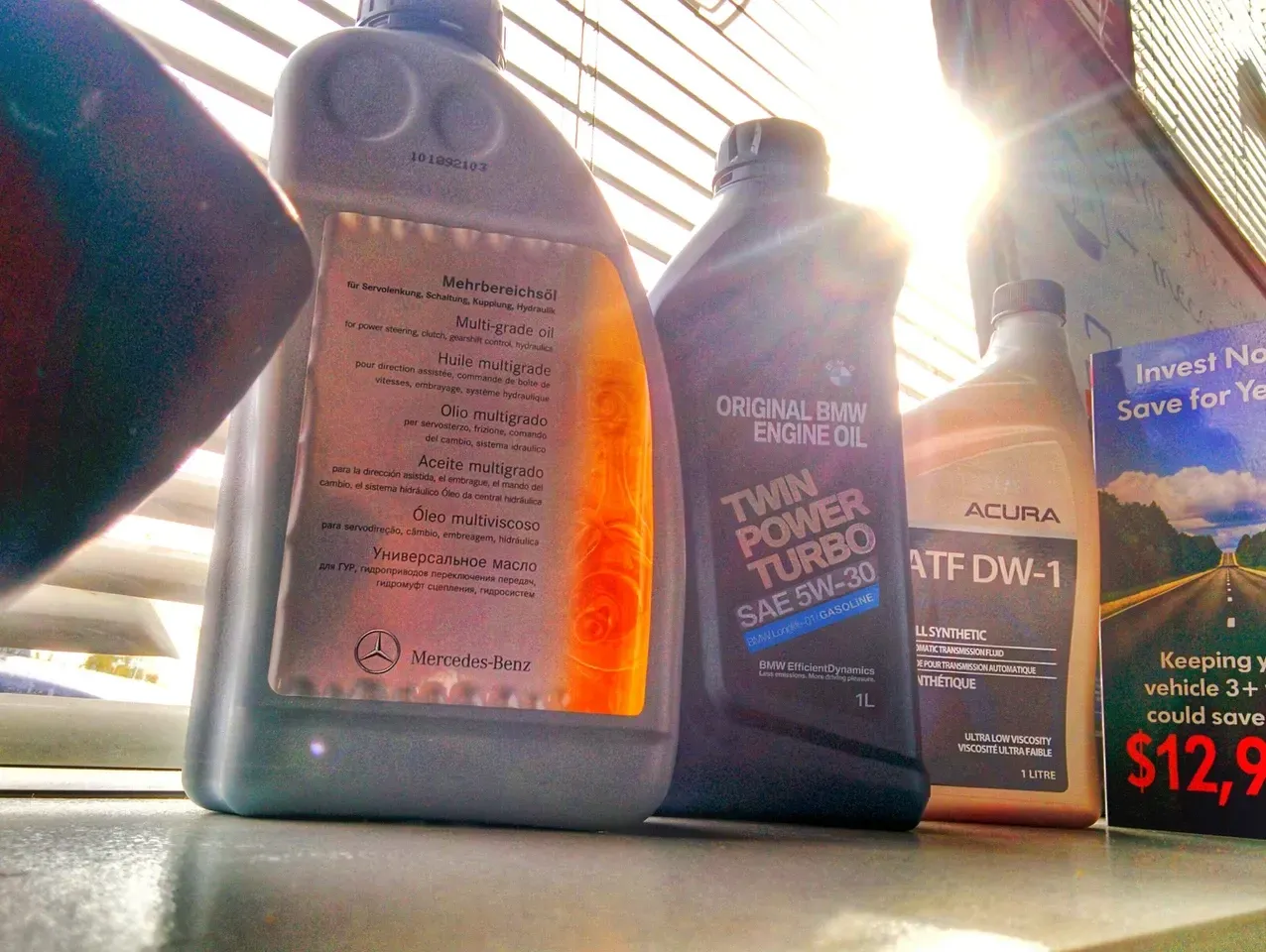By Rish Bhatia
•
April 29, 2025
Introduction Toronto, Ontario, is known for its beautiful, diverse seasons, but with these come some of the most challenging weather conditions for automobile owners. From the harsh, salt-laden winters to the humid, rainy summers, cars in Toronto and surrounding areas face a relentless battle against rust. Traditional methods of rust removal can be tedious, costly, and often temporary solutions. Enter laser rust cleaning—a revolutionary technology that promises long-term benefits for automotive maintenance in adverse weather conditions. Understanding Laser Rust Cleaning Laser rust cleaning, or laser rust removal, is a process that uses high-powered laser beams to remove rust and other contaminants from metal surfaces. This method offers a non-contact, non-abrasive solution, making it highly efficient and precise. The technology works by directing a focused laser beam onto the rusted area, causing the rust to vaporize through rapid heating. This leaves the underlying metal intact and clean. How It Works The process involves the following steps: • Preparation: The vehicle is prepared, and the areas affected by rust are identified. • Laser Application: A laser cleaning machine is used to direct the laser beams precisely onto the rusted surfaces. • Rust Removal: The laser energy causes the rust to heat up and vaporize, effectively removing it without damaging the metal underneath. • Final Inspection: The treated areas are inspected to ensure all rust has been removed and the surface is smooth. Advantages of Laser Rust Cleaning Laser rust cleaning offers numerous benefits over traditional methods such as sandblasting or chemical treatments. Here are some key advantages: 1. Precision and Efficiency Laser rust cleaning is highly precise, allowing for the targeted removal of rust without affecting surrounding areas. This precision reduces the risk of damage to the car's body and ensures that only the rusted portions are treated. The efficiency of the process also means that it can be completed in a shorter timeframe compared to traditional methods. 2. Environmentally Friendly Unlike chemical rust removers, which can release harmful substances into the environment, laser rust cleaning is a clean, eco-friendly process. It does not involve the use of any chemicals or abrasives, reducing the environmental footprint. 3. Cost-Effective in the Long Run While the initial investment in laser rust cleaning may be higher than traditional methods, the long-term benefits make it cost-effective. The process provides a more permanent solution to rust problems, reducing the need for frequent treatments and repairs. This longevity translates to savings for vehicle owners over time. 4. Non-Invasive and Safe Because it is a non-contact method, laser rust cleaning does not cause abrasion or wear on the metal surface. This characteristic makes it a safer option for delicate parts of the vehicle. Additionally, it minimizes the risk of health hazards for technicians, as it does not produce harmful dust or fumes. Long-Term Benefits in Adverse Weather Conditions Toronto's weather conditions can be particularly harsh on automobiles, making rust prevention and treatment crucial for vehicle longevity. Here's how laser rust cleaning proves beneficial in such environments: 1. Durability Against Salt and Moisture During Toronto's winter months, roads are often treated with salt to prevent ice formation. While effective for road safety, this salt is highly corrosive to vehicle metal surfaces. Laser rust cleaning provides a thorough removal of rust and a clean surface that can be effectively treated with protective coatings, enhancing durability against salt and moisture. 2. Enhanced Protection from Humidity Summers in Toronto can be humid, leading to increased moisture levels that contribute to rust formation. By removing all traces of rust and properly treating the cleaned areas, laser rust cleaning helps in protecting the vehicle's metal surfaces from the adverse effects of humidity. 3. Improved Structural Integrity Rust can significantly weaken the structural integrity of a vehicle over time. By eliminating rust at its root, laser rust cleaning helps maintain the strength and reliability of the car's body, ensuring it remains safe and roadworthy. 4. Aesthetic Appeal In addition to its functional benefits, laser rust cleaning also enhances the aesthetic appeal of a vehicle. Rust can be an eyesore, detracting from the overall appearance of the car. With laser rust cleaning, cars can be restored to their original, pristine condition, which is particularly beneficial for collectors and enthusiasts who take pride in their vehicle's appearance. Conclusion Laser rust cleaning represents a significant advancement in automotive maintenance, offering a superior alternative to traditional rust removal methods. Its precision, efficiency, environmental benefits, and long-term cost-effectiveness make it an ideal solution for car owners in Toronto and other regions with adverse weather conditions. By investing in laser rust cleaning, vehicle owners can ensure their cars remain in optimal condition, withstand harsh weather, and enjoy a longer lifespan. As technology continues to evolve, it is likely that laser rust cleaning will become a standard practice in the automotive industry, setting new benchmarks for maintenance and care.
